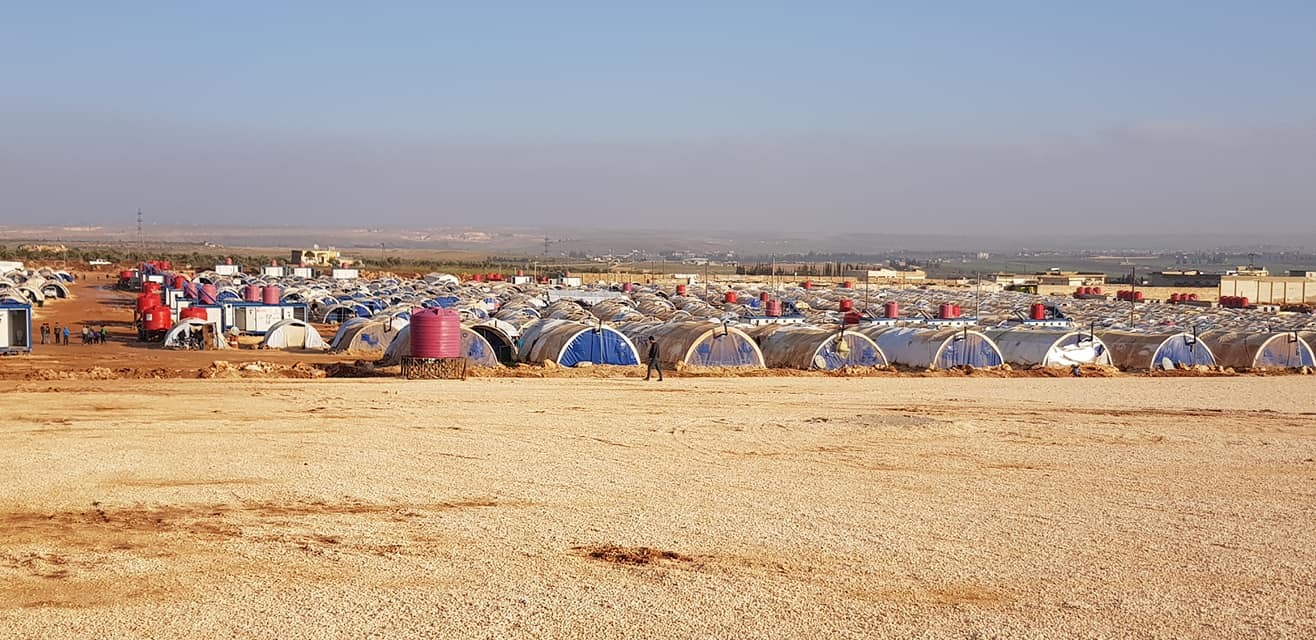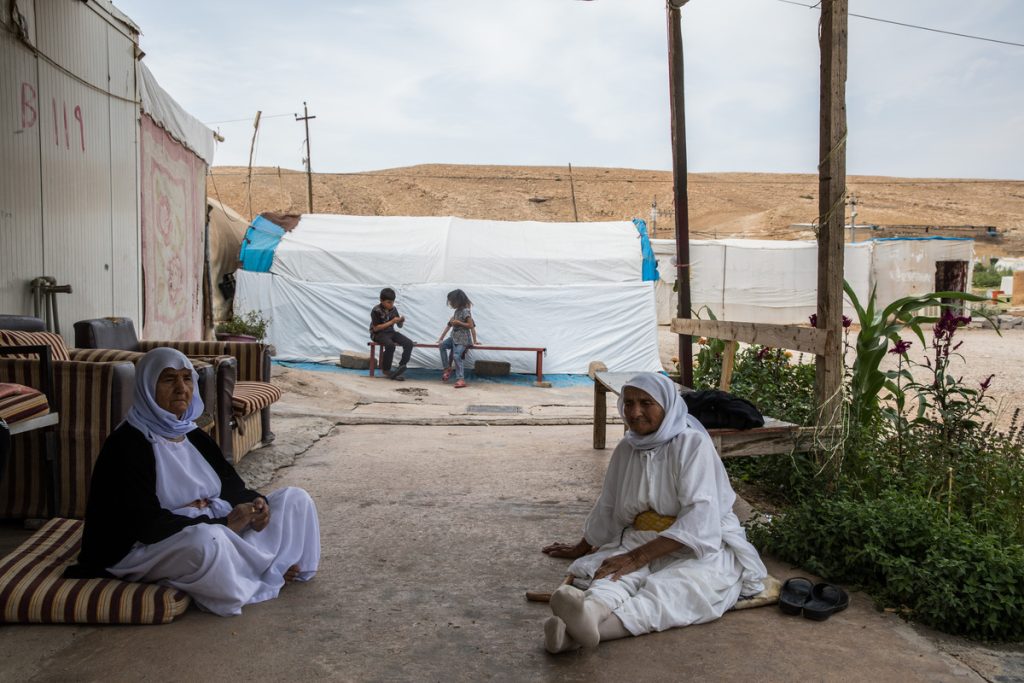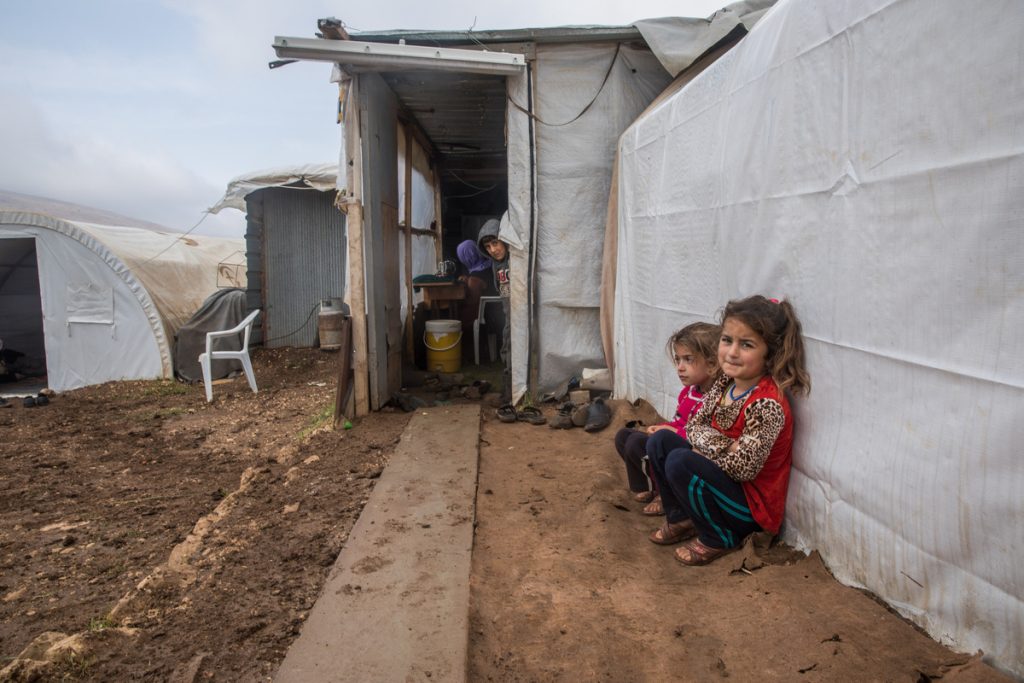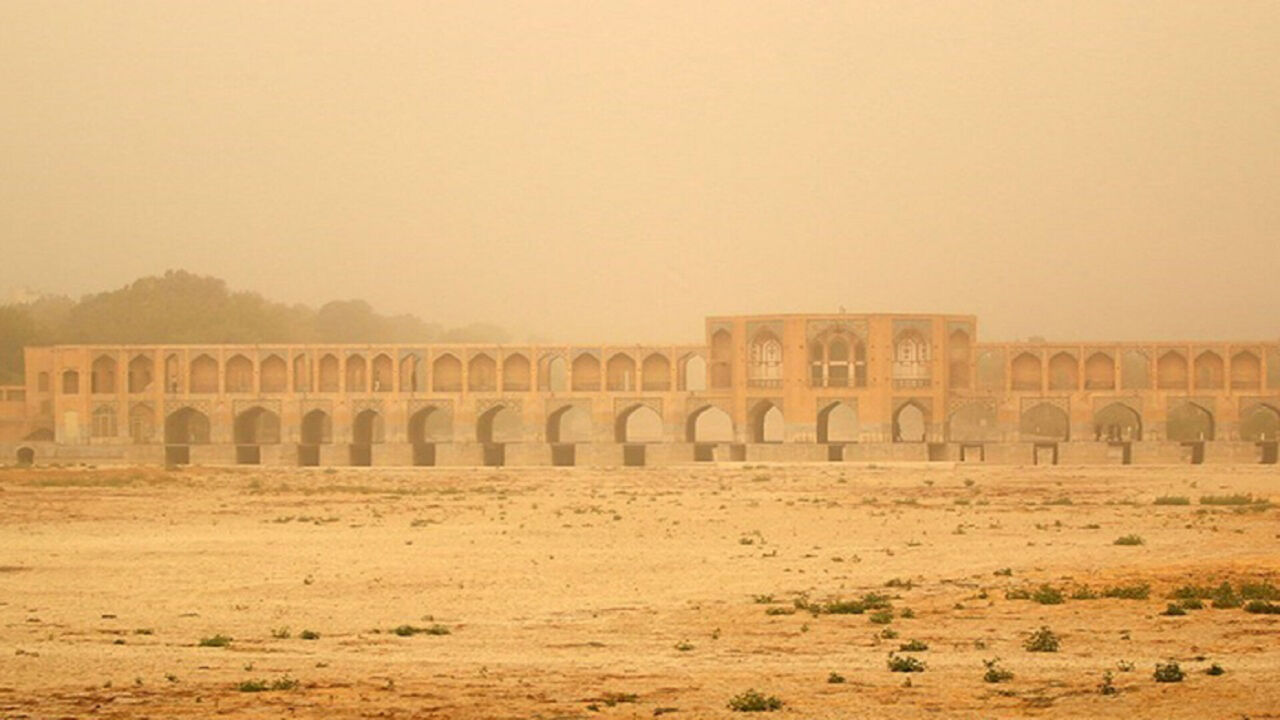The endless displacement of Yazidi genocide survivors

Picture Credits: Dr. Nemam Ghafouri’s archive
More than ten years after the world witnessed the destruction of the Yazidi community in Sinjar, tens of thousands of survivors remain stranded in displacement camps across the Kurdistan Region of Iraq. Recent political statements show they might remain uprooted from their homeland indefinitely.
On August 25, 2025, a demonstration was held in Chamshko camp in the Zakho district of the Duhok governorate. Among the protesters was Jalal Ali, 52, a father of eight children, the last of whom was born inside the camp in 2015. Originally from Tel Qasaba in the Sinjar area, Jalal and his family have been housed in the Chamshko camp for almost eleven years, ever since it was created to cope with the humanitarian challenges resulting from the 2014 Yazidi genocide in Sinjar at the hands of ISIS militants.
Alongside dozens of other displaced people assigned to the camp, Jalal explained the reasons behind the mobilization: “We decided to demonstrate when we learned that the Iraqi Minister of Migration and Refugees suggested that Internally Displaced Persons should be integrated with other citizens of the governorate [where they reside]”, he said.
Conflicting statements
Hundreds of internally displaced people (IDPs) chanted slogans following the Iraqi Ministry of Migration’s proposal to permanently settle them within the communities in which they currently reside. This proposal has caused concern among the Yazidi community, especially those living in such camps, as it suggests they could be permanently cut from their homelands, with which they usually hold a deep spiritual connection.

Another reason for this demonstration is the contrasting treatment given to the families of former ISIS members, a few of whom were directly involved in the Yazidi genocide in Sinjar
The recent statement by the Iraqi ministry directly contradicts another decision by the same government. In 2024, less than a year ago, a statement was issued by Iraq’s Minister of Migration and Displacement stipulating that refugees and IDPs could return to their areas of original residence, and they would be given financial assistance for doing so. At the time, however, the circumstances on the ground made this largely out of reach for many displaced Iraqi citizens. “We were not ready to return because of security and financial issues. According to the latest proposal, the door to return to our ancestral homeland will be closed to us, and this is unacceptable. Another reason for this demonstration is the contrasting treatment given to the families of former ISIS members, a few of whom were directly involved in the Yazidi genocide in Sinjar. Thousands of these family members are now being returned to Iraq from the Al Hol Camp in Syria after an agreement was reached between the Iraqi government and the Autonomous Administration of North East Syria (AANES). “The Iraqi government supported them in returning to their homes. As we know, many of us have been killed because of them, and our land and homes have been lost. How can we accept this injustice? We are really worried”, the demonstrators added.
Deteriorating Conditions
Living conditions for displaced people in camps such as these are increasingly deteriorating, and services have become scarcer. This is evident in the residents’ testimonies, such as those of 44-year-old Faisal Ali. Initially a resident of Khanasur in the Sinjar district, he has been living near Zakho with his wife and five children in a 3-by-4-metre tent since the camp’s establishment. He described to us how his living conditions have slowly worsened.
“Life here is difficult. Living in a small tent for a few days is not a problem. But how can a family live under a 4-metre-long and 3-metre-wide shelter for 11 years? It is very hot in the summer and freezing in the winter. Living together in such a small place is really difficult. Moreover, the tents in the camp should be replaced every year, but it has not been replaced in three years. Humanitarian aid is becoming more and more scarce, and life now is harder than before.
Commenting on the government’s recent statement, he seemed bitter and expressed frustration. “It’s ironic that Evan [Faeq Yakoub] Jabro (the Iraqi Minister of Immigration and Refugees) was once an IDP herself. Despite her experience and identity as a Chaldean minority, we view some of her policies as detrimental to our well-being”, he stated.
Political Quagmire
Several parties are trying to take control of Sinjar due to its highly strategic geopolitical value.
When Sinjar was liberated in 2017, most Yazidis thought that they would soon be able to return proudly within a couple of years. This did not happen, however. Instead, this small mountainous district soon became a hotbed of political conflict. Several parties are trying to take control of Sinjar due to its highly strategic geopolitical value. Located at the border between Iraq and Syria, it could serve as an observation and offensive point for the Shia-led Hashed Shaabi militias, including those affiliated with the Islamic Republic of Iran.
The KDP-led peshmergas were in charge of security in the district when ISIS launched its attack on the Yazidi community in August 2014. The Peshmerga withdrew without a fight and left unarmed civilians to their fate in the face of the advancing terrorist group. Following their withdrawal, they managed to maintain a position in the Eastern parts of the Sinjar district, which the KDP thereafter claims is part of the KRG.
PKK and its local allies (for instance, the Sinjar Resistance Units (YBS), a Yazidi force) were instrumental in thwarting the ISIS advance on the mountain and opening humanitarian corridors for Yazidi civilians. They have a strong presence in the western areas of the mountain, where they dug tunnels to protect themselves from Turkish attacks.
The presence of oil in the district also explains why so many actors covet this region. The struggle for power between this multitude of actors in Sinjar is largely seen as detrimental to the local populace, which is unable to rebuild towns and resume normal life.
Despite these problems, some Yazidis did return to Sinjar in the last six years. The difficult political circumstances in their native land make their journey highly hazardous. Maher Khalaf, 24, is a citizen of Tel Ezer in the Sinjar district; he returned to his hometown in 2019 with his family of eight. Anyone returning to Sinjar needs not only to navigate several security checkpoints along the way manned by different parties, but also to then adapt to the complex political reality and avoid getting embroiled in local intrigues and power struggles. Khalaf explained, “I have been here since 2019, but because I have stayed away from politics, I have not had any problems with any one of them [the parties based around Sinjar]. Others may not have it that easy.”.
“Sinjar belongs to the Yazidis, and this place is our homeland.”
The biggest motivation for his return was to resume life in the place he grew up, regardless of the challenges: “There are few positive points about our return, but we have no other place. Sinjar belongs to the Yazidis, and this place is our homeland. Also, another motivation was that I found a job, so I was able to support my family here”.

But employment isn’t always enough motivation for most IDPs, as security issues and overlapping authorities in charge of controlling the areas compete for power: “There are several parties in charge of the security of Sinjar; some of them belong to the Iraqi government while others are autonomous militias or peshmergas”, he says.
The Fear of Demographic Engineering
After the genocide in 2014, most of the displaced Yazidis have not returned. Some of them stay in various provinces of the KRG, either inside or outside IDP camps described above. Others have chosen to emigrate outside Iraq.
Pir Dayan Jaafar, Director of the Office of Immigration and Crisis Response in Duhok, shared the latest update on the displaced Yazidis with The Amargi: “Currently, there are 15 camps in the Duhok province and the Zakho Independent Administration for displaced Yazidis. 20,830 families live in these camps, which amounts to about 110,000 individuals. Also, outside of camps, there are 35,000 displaced families, constituting about 170,000 individuals. In other words, a total of about 280,000 citizens of the Sinjar region are currently displaced and resettled in the Duhok province. As for those who have returned to Sinjar so far, according to our data, they are about 10,000 families, amounting to 50,000 to 60,000 individuals”, the director stated.
The issue of Sinjar and its refugees in Iraq has been highly politicised, and hope for their general return is currently slim…
The issue of Sinjar and its refugees in Iraq has been highly politicised, and hope for their general return is currently slim, leading to a sense of despondence in the members of this minority. According to Pir Dayan Jaafar, Yazidis are in danger. The threat is twofold: first, if this situation continues, the demography in Sinjar could change, and the city would no longer have a majority Yazidi population. Second, this situation, now unresolved for several years, leads increasing numbers of Yazidis to emigrate from the country, risking the disappearance of this centuries-old community from its birthland.
Samir Harboy
Sameer Harboy is a journalist from the Kurdistan Region of Iraq with a decade of experience at Al Salam Radio, the Voice of Refugees in Iraq. Joining as a reporter in 2015, he became deputy director in 2019. He has completed advanced training in radio management at Radio France in Paris (2016) and a three-month program at Lille School of Journalism, one of France’s most prestigious media institutions (2018).



